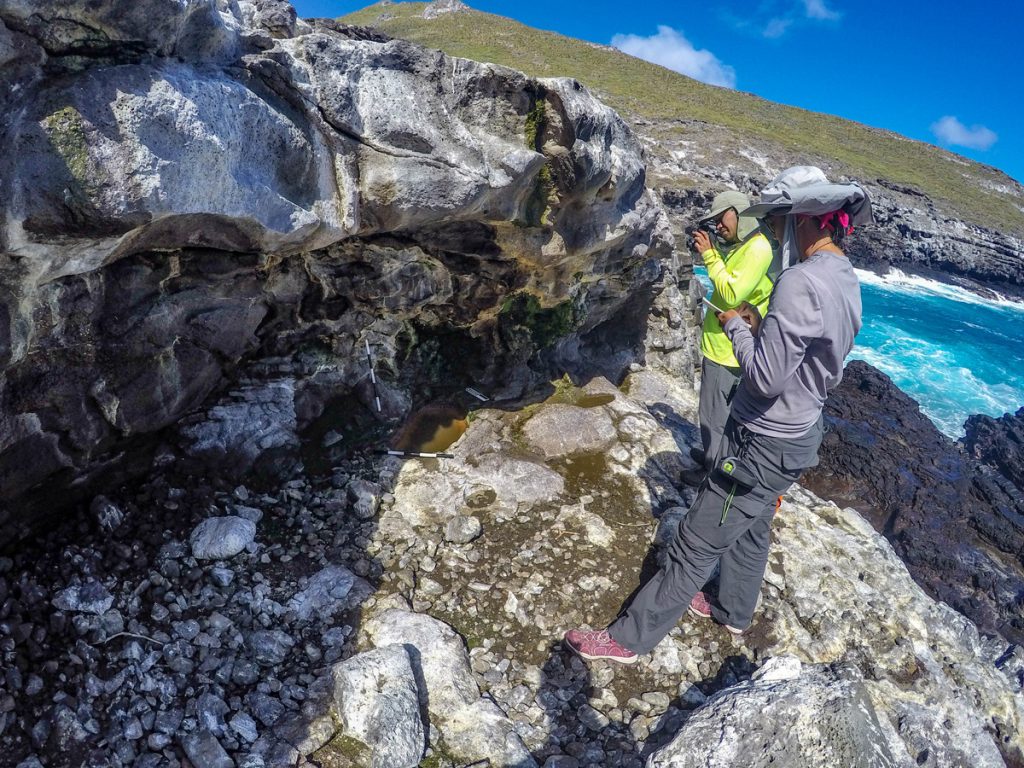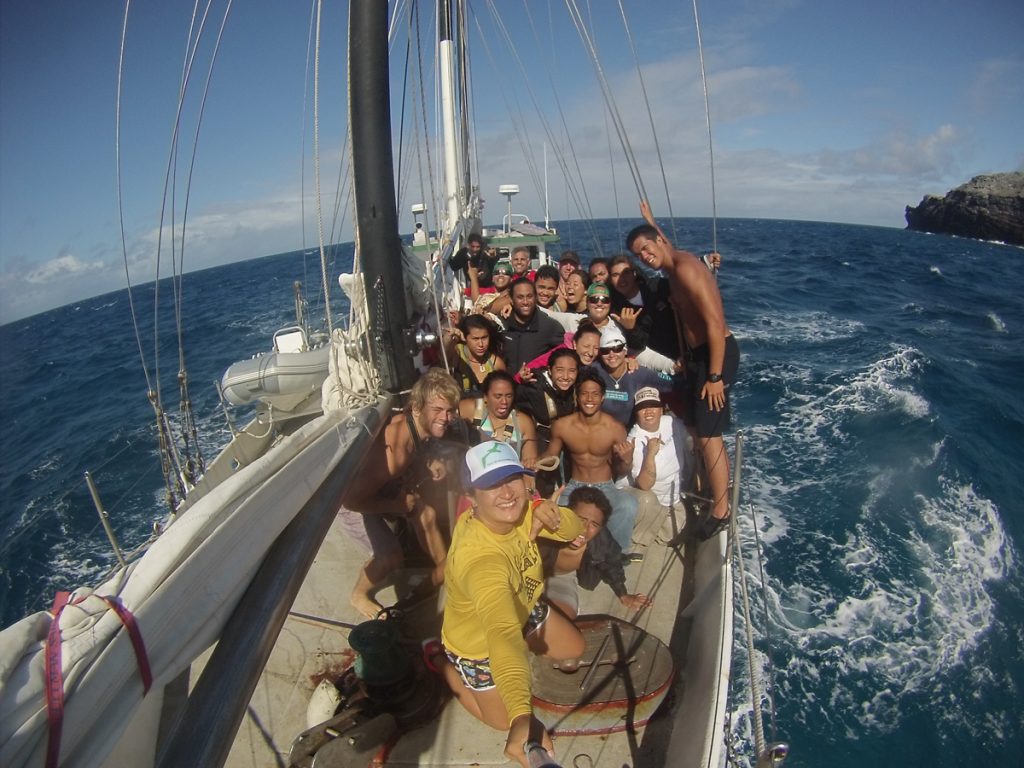New Guidance to Integrate Native Hawaiian Culture into Management of Papahānaumokuākea

The co-trustees of Papahānaumokuākea Marine National Monument released Mai Ka Pō Mai, a historic guidance document that will help federal and state agencies further integrate Native Hawaiian culture into all areas of management of the 582,578-square mile protected region in the Northwestern Hawaiian Islands.
“Mai Ka Po Mai is a groundbreaking document,” said Office of Hawaiian Affairs CEO/Ka Pouhana Dr. Sylvia Hussey. “This document demonstrates that providing Native Hawaiian voices equal footing with federal and state entities in a complex management structure can lead to the successful stewardship of our most precious natural and cultural resources. Moreover, it shows that traditional Indigenous resource management is a best management practice to address climate change and other environmental challenges currently facing humanity. We hope that this stewardship approach is replicated elsewhere in Hawaiʻi and throughout the globe.”
Mai Ka Pō Mai establishes a collaborative management framework for incorporating Native Hawaiian culture into the stewardship of Papahānaumokuākea for the four monument co-trustees: the Department of Commerce, Department of the Interior, State of Hawai‘i and the Office of Hawaiian Affairs.
Based on conceptual components of Hawaiian cosmology and worldview, Mai Ka Pō Mai articulates values and principles that will guide 20 strategies within five management areas that align with Native Hawaiian culture and values, as well as the various federal and state agency mandates and missions.
Mai Ka Pō Mai was developed through continuous and regular meetings with the Native Hawaiian community since 2010. These meetings initially focused on the 2008 Monument Management Plan, which included two action plans relating to Native Hawaiians: the Native Hawaiian Community Involvement Action Plan and the Native Hawaiian Culture and History Action Plan.
Mai Ka Pō Mai was created through consultations with the Native Hawaiian community to build on an early action plan strategy to identify and integrate Native Hawaiian traditional knowledge and management concepts into monument management. The document will serve as the foundation for the update of the MMP, which is currently underway.
“Mai Ka Pō Mai was birthed by the Native Hawaiian community and represents our vision for how we should mālama this special place,” said Kekuewa Kikiloi, the chair of the Native Hawaiian Cultural Working Group. The working group provides advice and recommendations through OHA to the Monument Management Board.
“We always believed that the cultural and scientific elements of the monument should not be managed in siloes. We thank the Co-Trustees for committing to a major paradigm shift by supporting Mai Ka Pō Mai, which incorporates Native Hawaiian culture and values in every aspect of management,” said Kikiloi.
The Office of Hawaiian Affairs will be hosting a Mai Ka Pō Mai webinar at 12 p.m. on Tuesday, June 29, 2021. The public is invited to tune in via Zoom or via the OHA Facebook page for insights on how Hawaiian culture is being integrated into the management of Papahānaumokuākea.
Celebrating 15 years since designation, Papahānaumokuākea Marine National Monument is one of the largest marine conservation areas in the world. The monument is cooperatively managed to ensure ecological integrity and achieve strong, long-term protection and perpetuation of Northwestern Hawaiian Island ecosystems, Native Hawaiian culture and heritage resources for current and future generations. Papahānaumokuākea Marine National Monument was inscribed as the first mixed (natural and cultural) UNESCO World Heritage Site in the United States in July 2010.
















